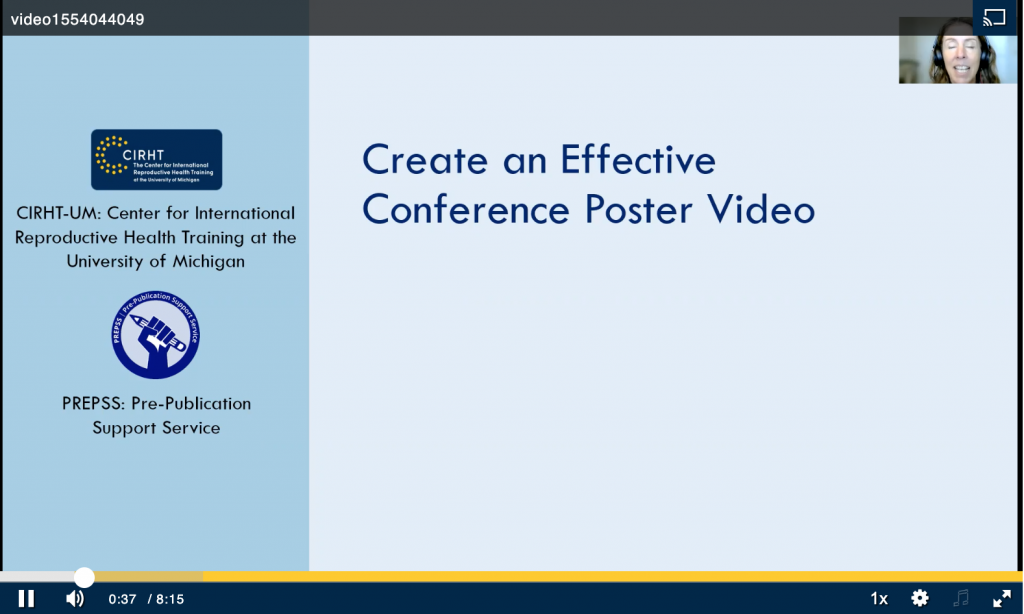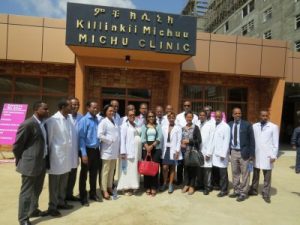Risk factors for megaloblastic anemia related hematologic disorder among pregnant mothers attending ANC in eastern Shoa zone and the vicinity. A case control study.

Sisay Teklu Waji, Amaha Gebremedhin, Dawit Worku, Alula Teklu, Fikru Abebe, Godana Jarso, Kissi Mudie, Tamrat Endale
Introduction: Dramatic increase in the number of mothers referred to Tikur Anbassa Specialized Hospital (TASH) from Eastern Shoa and Arsi zones of Oromia region of Ethiopia, with problems of severe anemia and thrombocytopenia, has been observed.. Further investigation in TASH revealed features of megaloblastic bone marrow changes. The aim of the study was to identify potential risk factors associated with the disease.
Methods: A case control study was conducted on 50 cases and 156 controls from mothers attending ANC in Adama and Assala Hospitals. .
Result: Cases were more exposed to fertilizers (AOR 7.3, 95% CI 3.6-15) and pesticides (AOR 6.2, 95% CI 2.8-13.5) than controls although specific chemicals were not identified in this study. Increased adverse maternal outcomes, including maternal deaths and perinatal mortality were observed among cases than controls.
Conclusion and recommendation:. Cases are more frequently exposed to pesticides and fertilizers and also have poor outcome compared to controls. This calls for further large scale study to explore potential environmental exposures, including those identified in this study and to further unravel the cause of this fatal and significant public health problem in this highly populated and industrial region of the country.
Key words: Hematological disorders during pregnancy, Risk factors, Megaloblastic anemia.
Foer full article, click here.







